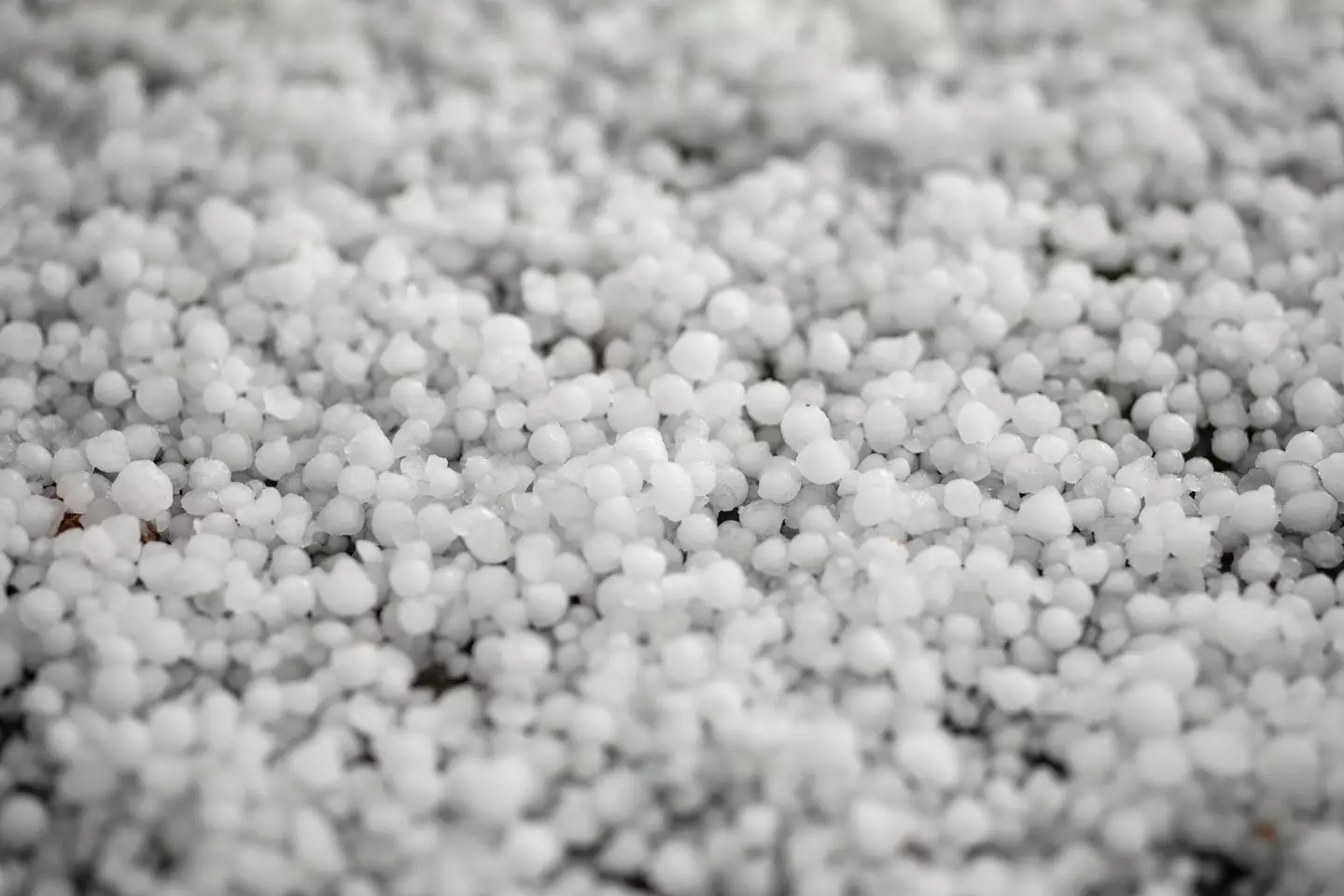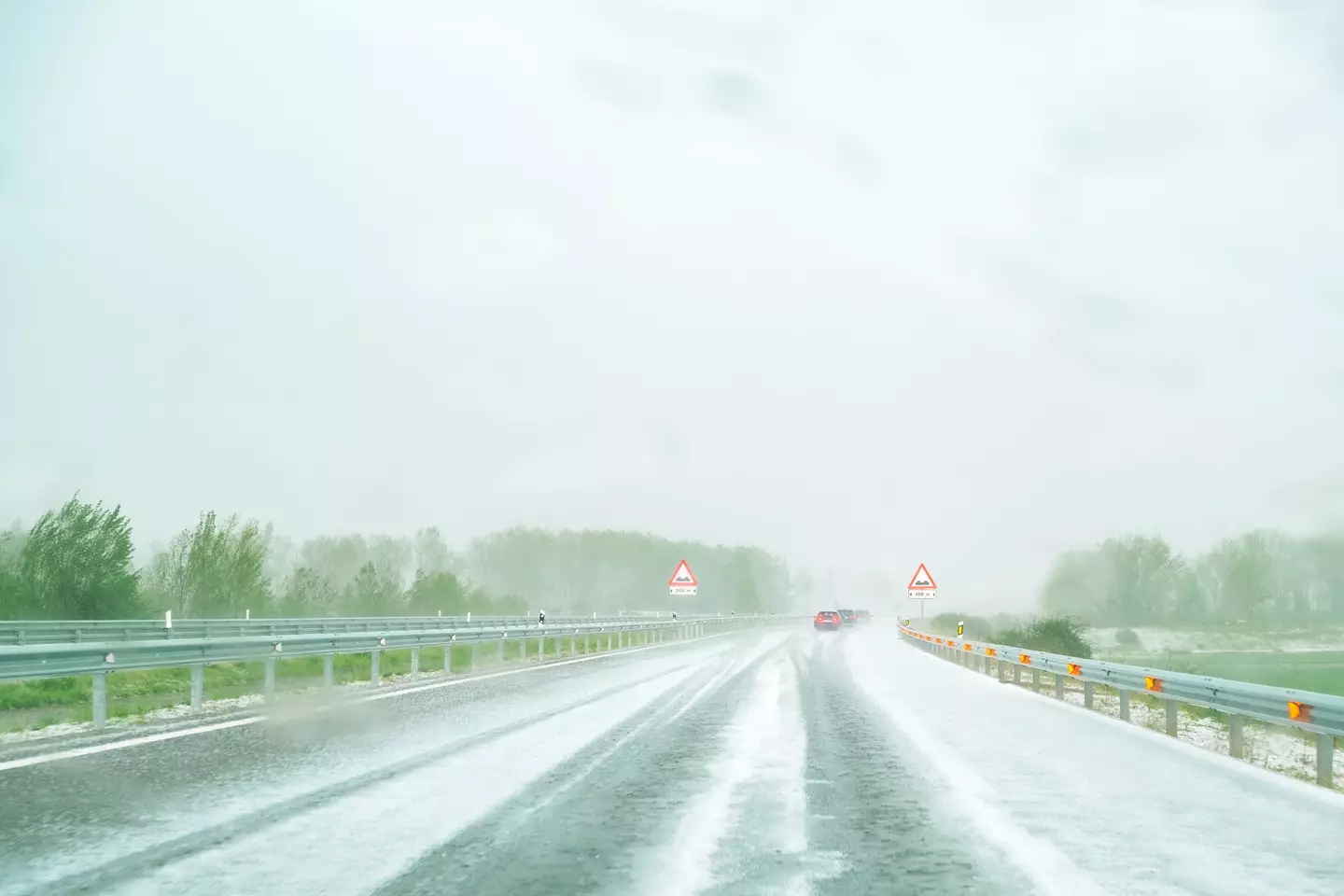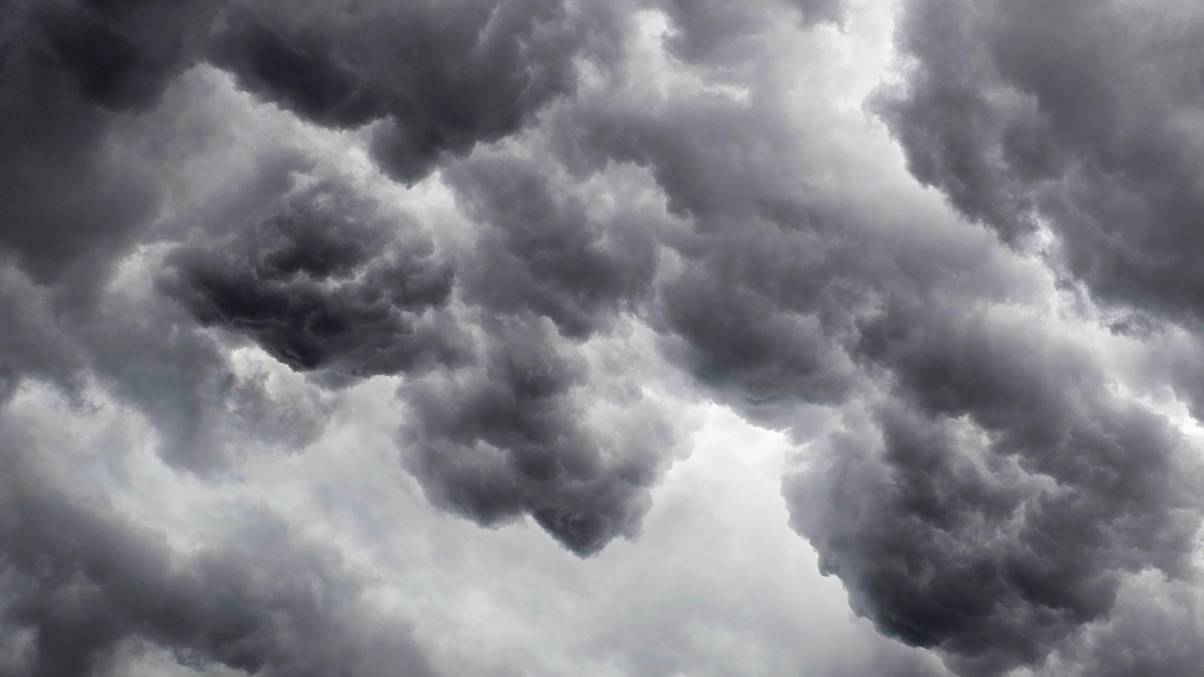Unveiled: The Mysterious ‘Fingerprints’ That Could Rewrite the Rules of Weather Forever
Hailstones — the weather’s equivalent of that one annoying cousin who crashes the party uninvited and just won’t leave. Sure, snow brings a certain wintry charm and rain? Well, rain can be kinda soothing if you’re into that melancholic vibe. But hail? It’s mostly just a cold, painful nuisance that leaves us clutching our car doors, praying the scratches don’t multiply. Scientists used to think hailstones just took the classic ‘storm cloud elevator’ ride over and over to grow those interesting layers of clear and cloudy ice. Turns out, that’s just part of the story. Thanks to some clever isotope sleuthing by Qinghong Zhang and the Chinese Academy of Sciences crew, we’re getting a whole new scoop on how these ice bombs form — and trust me, it’s way more complicated than your average weather report. Ready to rethink hail forever? LEARN MORE.
All of us can agree, surely, that hailstones are pretty much a waste of time.
Unlike snow, which can look rather pretty, or rain, which can sometimes have a calming nature to it, hailstones are simply a pain in the a**e.
Not only are they annoying to ordinary folk who fear getting scratches on their car, they’ve also been very problematic for scientists – until now.
Scientists long believed hailstones grew by ‘recycling’ – no, not by throwing away your pizza box in the right bin, but by moving up and down inside storm clouds.
This explained why hail often has layers of clear and cloudy ice.
Researchers at the Chinese Academy of Sciences, however, have realised that that this recycling process is only part of the story.
Qinghong Zhang, of Peking University, studied 27 hailstones from nine storms in China using stable isotope analysis.

Seriously, who likes hailstones? (Getty Stock Images)
This technique revealed the ‘fingerprints’ left in each hailstone by the layers of atmosphere it passed through, allowing scientists to track their full journey to the ground.
Surprisingly, only one hailstone followed the classic recycling path. Ten formed while steadily falling, 13 rose just once, and three even moved nearly horizontally.
Hail usually forms between -30°C and -10°C, but Zhang found it can start forming from -33.4°C to as high as -8.7°C.
Larger hailstones still need at least one upward movement to collect layers, explaining why stronger storms produce bigger hail.

Hailstones cause billions of dollars worth of damage in the US alone (Getty Stock Images)
Zhang says this discovery could improve forecasts and help predict storm risks, a pretty important tool for protecting civilians and their property.
While the science of hail is clearer than ever, accurate weather prediction remains the first line of defence against dangerous storms.
In America, annual losses from hail damage are estimated to be at around $15 billion, a significant increase from the $1.2 billion per year in the 90s, as reported by Weather Underground in 2020.
The outlet reports that ‘only three people are known to have been killed by falling hailstones in modern US history’, the latest being in the year 2000.
But still, the more we know about them, the better.
“This work fundamentally changes how we understand hail formation,” Zhang said.
“By moving beyond assumptions to actual chemical evidence, we’re building a more accurate picture of these destructive weather phenomena.”
“Trajectory analysis revealed that similar-sized hailstones from a single storm tended to form at similar heights, whereas those larger than 25 mm [0.98 inches] in diameter exhibited at least one period of upward growth,” the researchers explained in the study.




















Post Comment